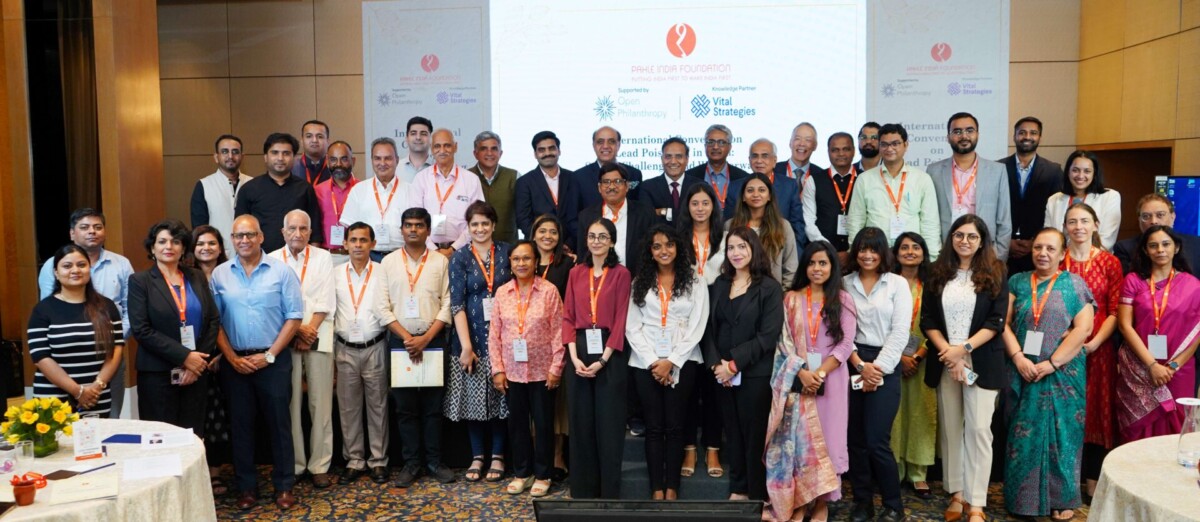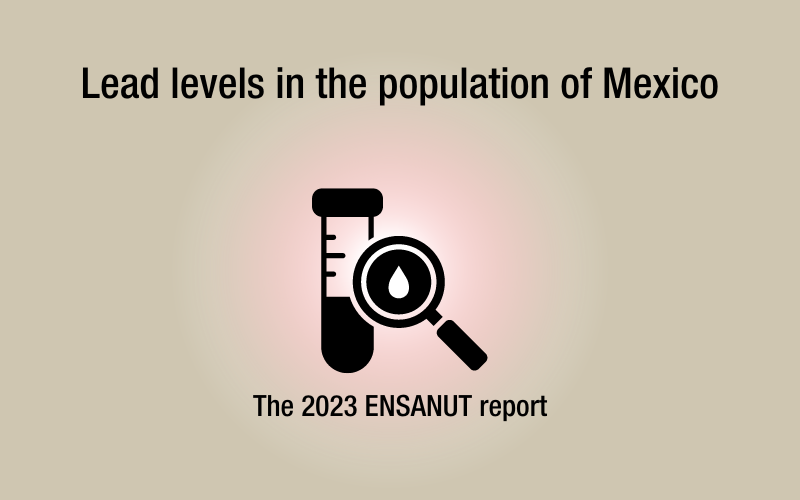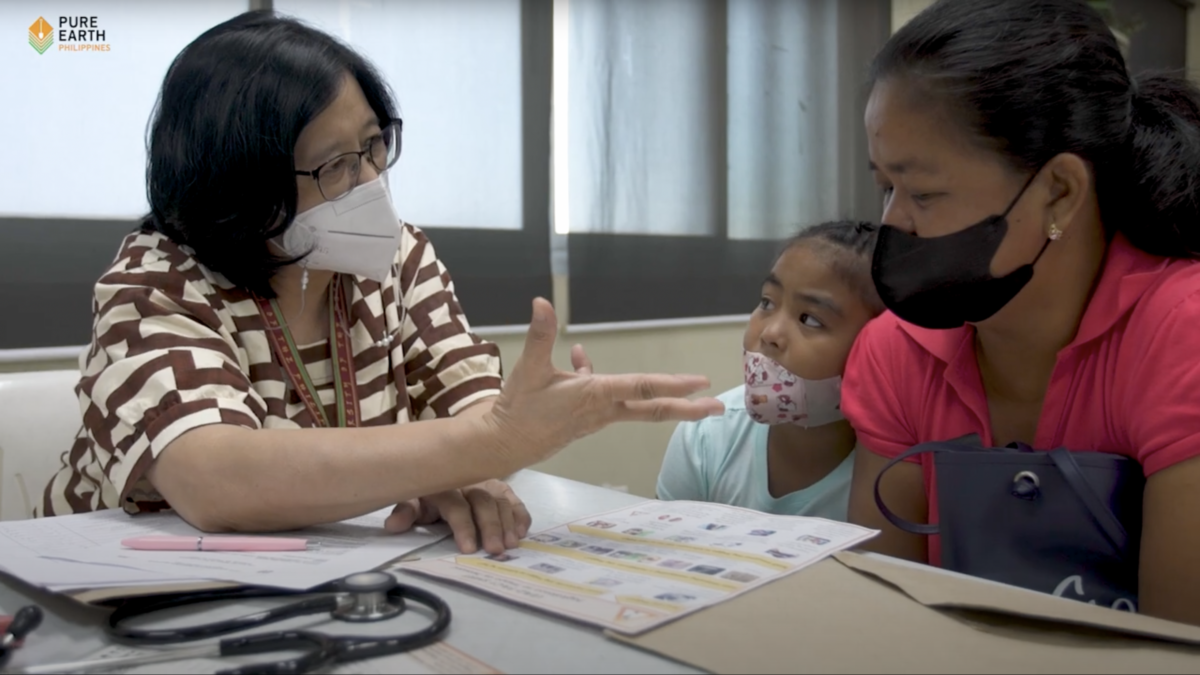A recent study titled “Measurement of Heavy Metals in Commercially Available Soybean and Palm Oils and Relevant Health Risk Assessment in Bangladesh” is the first comprehensive attempt to investigate the presence of toxic heavy metals in edible oils consumed by Bangladeshi people. This study was published on the 15th of August, 2024 in the Journal of Health and Pollution (JHP), an open-access journal that publishes peer-reviewed research with support from the National Institute of Environmental Health Sciences (NIEHS), and the National Institutes of Health (NIH), USA. Besides evaluating the presence of heavy metals in edible oils beyond the safety standard, it also assessed the health risks and provided suggestions for solutions. In this article, a summary of the major insights from the study has been discussed, please visit this link: Measurement of Heavy Metals in Commercially Available Soybean and Palm Oils and Relevant Health Risk Assessment in Bangladesh to read the full study.

Investigating Toxic Heavy Metals in Edible Oil in Bangladesh
During the period of February to August 2021, an interdisciplinary team of researchers from several prominent institutions, including the Institute of Nutrition and Food Science at the University of Dhaka; the Center for Non-communicable Diseases and Nutrition at BRAC James P Grant School of Public Health, BRAC University; the International Centre for Diarrheal Disease Research, Bangladesh (icddr,b); Plasma Plus Research & Testing Laboratory, School of Pharmacy and Public Health at Independent University; and the Global Alliance for Improved Nutrition in Washington, D.C., USA conducted the study with a primary objective to investigate the concentrations of selected toxic heavy metals—arsenic (As), cadmium (Cd), chromium (Cr), lead (Pb), and mercury (Hg) – in branded and unbranded soybean and palm oils available in the retail stores in Bangladesh. Based on that the study aimed to estimate the potential health risks these heavy metals pose based on guidelines established by the U.S. Environmental Protection Agency (EPA). The study also assessed the compliance of heavy metal concentrations in oil samples with the national standards of the Bangladesh Standard and Testing Institute (BSTI).
A total of 1,521 soybean and palm oil samples were collected from all across Bangladesh. Samples were gathered from various stages of the refining, supply chain, and marketing processes. The oil samples were analyzed for arsenic, cadmium, chromium, lead, and mercury using atomic absorption spectrophotometry techniques.
The study estimated the potential adverse health effects of exposure to heavy metals in edible oils using tools such as daily exposure (DE) and noncarcinogenic risk assessment hazard quotient (HQ). The DE estimation was based on the average consumption of edible oil by the Bangladeshi population, as reported by the Household Income and Expenditure Survey of Bangladesh.
Previous studies in Bangladesh have reported the presence of arsenic (As), cadmium (Cd), and lead (Pb) in various food items such as cereals, vegetables, fruits, milk, and fish. However, no prior research had focused on the presence of heavy metals in edible oils and their potential health implications for the Bangladeshi population.
Major Findings
Lead (Pb), Arsenic (As), and Cadmium (Cd): The study found that concentrations of arsenic, cadmium, and lead in the oil samples were within the safe limits established by Codex Alimentarius and BSTI. Chromium concentrations were within the U.S. EPA’s maximum allowable concentration but did not always meet WHO standards.
The health risk assessment revealed no significant health risks associated with the levels of arsenic, cadmium, chromium, and lead. The levels of these metals were generally lower than those reported in similar studies conducted in other countries. This discrepancy may be due to differences in agricultural practices, soil contamination, refining, packaging, and handling practices between Bangladesh and the countries from which the edible oils were imported.
Chromium (Cr): The study noted the absence of an established standard limit for chromium in edible oils according to Codex guidelines. Chromium levels in a quarter of the samples exceeded the WHO’s maximum allowable concentration for drinking water but remained within the U.S. EPA’s standard limit for drinking water and the maximum allowable concentration for fruits and vegetables.
Mercury (Hg): The study identified mercury as the most concerning contaminant, with levels exceeding the BSTI limit in all branded soybean oil samples and 92.3% of branded palm oil samples. Unbranded oils showed slightly lower percentages exceeding the BSTI limit. Soybean oil exceeded the BSTI mercury limit by 17-20 times, while palm oil exceeded it by 6-14 times.
The estimated daily exposure to mercury through edible oils indicated a significant risk for noncarcinogenic health effects, with hazard quotients (HQ) ranging from 1.35 to 3.99. The study strongly suggests that the mercury contamination in edible oils likely originates from the source countries or during transportation, as the contamination was present even in crude and refined oil samples collected from refineries.
Health Implications
According to the FAO, soybean and palm oils make up 20% and 70% of edible oil consumption in Bangladesh, respectively. Given that vegetable oils can readily react with substances like oxygen and heavy metals, the presence of these toxic elements in oils poses significant health risks. Heavy metals like arsenic, cadmium, chromium, lead, mercury, and nickel are known to be toxic and can accumulate in the body, leading to chronic health issues such as cancer, cardiovascular diseases, kidney damage, neurological disorders, and bone diseases.
Chronic mercury exposure, in particular, can result in severe health effects, including damage to the brain, heart, kidneys, lungs, and immune system. Long-term exposure to neurotoxic organic mercury compounds can lead to Minamata disease.
Recommendations
The study emphasizes the need for a robust and effective monitoring infrastructure to regulate the import of safe crude oils into refineries. Future research should focus on analyzing samples from different stages of the supply chain to identify the source of mercury contamination.
Authors and Funders
Institute of Nutrition and Food Science, University of Dhaka: Nazma Shaheen, Sneha Sarwar, Nusrat Jahan Shorovi
Center for Non-communicable Diseases and Nutrition, BRAC James P Grant School of Public Health, BRAC University: Md. Musharraf Ashraf, Nisarga Bahar, Fahmida Akter, Md Mokbul Hossain, Malay Kanti Mridha, Abu Ahmed Shamim
International Centre for Diarrheal Disease Research, Bangladesh (icddr,b): Rubhana Raqib, Anjan Kumar Roy
Plasma Plus Research & Testing Laboratory, School of Pharmacy and Public Health, Independent University: Sk. Shahriar Bin Rasul, Amir Hussain Khan
Global Alliance for Improved Nutrition, Washington, D.C., USA: Mduduzi NN Mbuya
This study was funded by the Bill and Melinda Gates Foundation through a grant to the Global Alliance for Improved Nutrition (GAIN), which was then sub-granted to the BRAC James P Grant School of Public Health.





